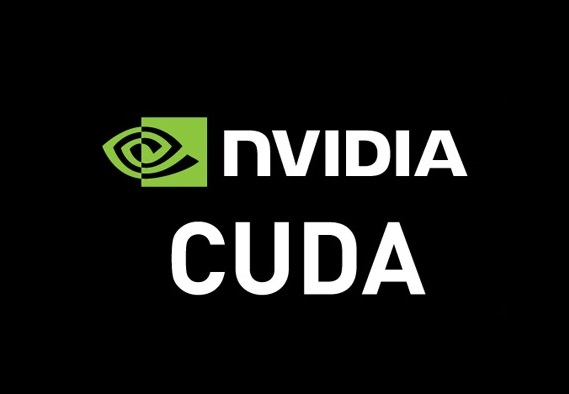For the first time, Nvidia has adapted its CUDA parallel programming and computing model for ARM processors.
CUDA (Compute Unified Device Architecture) runs on Nvidia GPUs and makes them perform computational tasks much like CPUs, although in a very specific way. The model is widely used in science, engineering, mobile and high performance computing (HPC) applications.
The latest release of CUDA adds native support of GPU-accelerated computing to systems based around ARM chips, which dominate the mobile space but not other markets.
The announcement was made at the International Supercomputing Conference (ISC) in Leipzig, Germany.
The shape of things to come
CUDA enables dramatic increases in computing performance by harnessing the power of GPUs. The model is taught in over 640 universities worldwide and is the most popular way for developers to take advantage of GPU-accelerated computing.
 Besides support for ARM silicon, CUDA 5.5 adds new performance analysis features – the Visual Profiler and Nsight Eclipse Edition – which allow users to identify bottlenecks and optimise the particular system.
Besides support for ARM silicon, CUDA 5.5 adds new performance analysis features – the Visual Profiler and Nsight Eclipse Edition – which allow users to identify bottlenecks and optimise the particular system.
It also improves Hyper-Q support, which should be especially important for legacy Message Passing Interface (MPI) applications, and allows developers to prioritise MPI workloads.
The cross-compile capability lets developers assemble the code for ARM chips on faster x86 systems, and then transfer the resulting application to ARM. And the latest release includes the usual suite of programming tools, GPU-accelerated math libraries and extensive documentation.
“Since developers started using CUDA in 2006, successive generations of better, exponentially faster CUDA GPUs have dramatically boosted the performance of applications on x86-based systems,” said Ian Buck, general manager of GPU Computing Software at NVIDIA. “With support for ARM, the new CUDA release gives developers tremendous flexibility to quickly and easily add GPU acceleration to applications on the broadest range of next-generation HPC platforms.”
The unusual combination of high-performance GPUs and low-power ARM CPUs could open new possibilities for Nvidia in the defence, energy, robotics and scientific research markets.
A new CUDA toolkit is available to download for free on the Nvidia website.
What do you know about ARM? Take our quiz!




